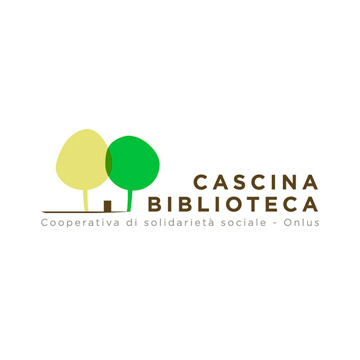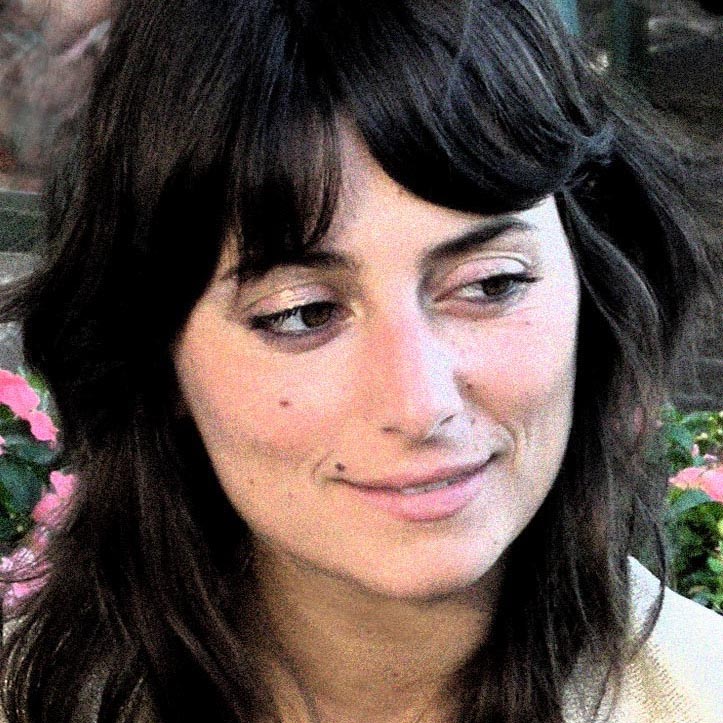1994
Focus
The year is 1958. The National Cancer Institute (NCI) starts a screening program of 35,000 plants species with the aim of identifying the active ingredients that can counteract cancer. Among the plant extracts analyzed, there are two samples deriving from Taxus brevifolia Nutt. showing anticancer activity. In 1964 a new sample of this species is accepted, after several refusals by other research laboratories, from Monroe Wall of the Research Triangle Institute. The choice of other laboratories to refuse the sample is dictated by the fact that plants with strong cytotoxic activity prove poorly usable in medicines because of the non-selectivity of action that leads to the death of not only cancer cells but also healthy ones. Yet, the researcher attempts Wall: his group has already analyzed Camptotheca acuminata Decne, isolating a principle (camptothecin) in which great hopes are pinned. In 1971 taxol it’s isolated for the first time, it’s an antineoplastic agent that finds application in particular in the treatment of ovarian and breast cancer, in lung cancer and in Kaposi’s sarcoma. The molecule is now produced by semi-synthetic starting from 10-deacetylbaccatin, the precursor present in the leaves and twigs of other species of yew, in particular from T. baccata. This solution allows for greater sustainability of production since T.brevifolia is endangered, its growth is slow and the deprivation of the cortex, since it is not a renewable part , leads to the death of the tree.









